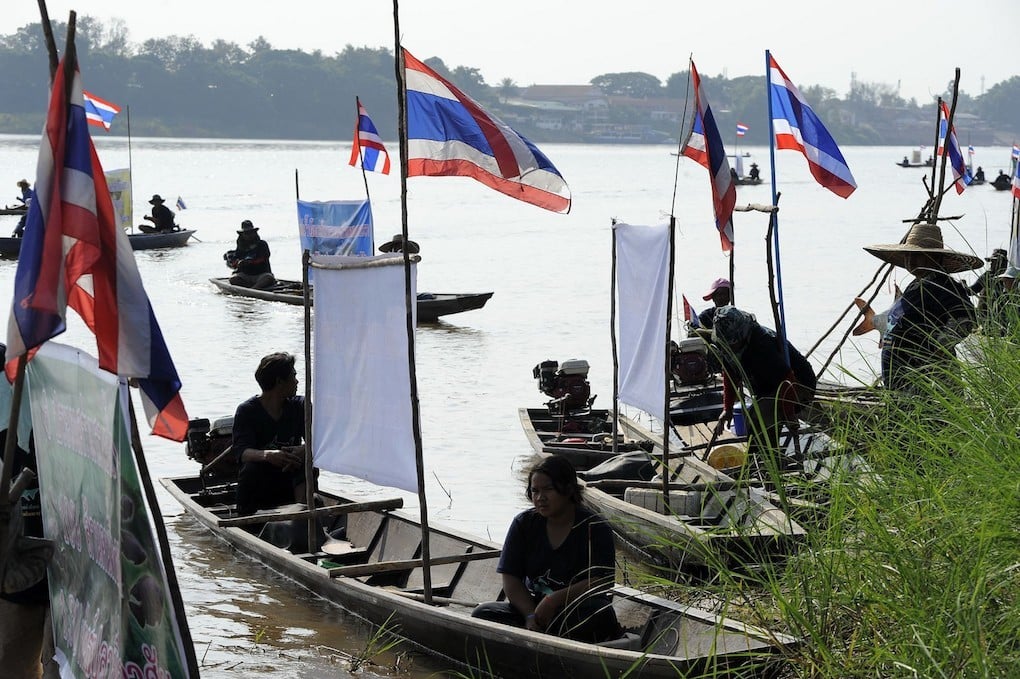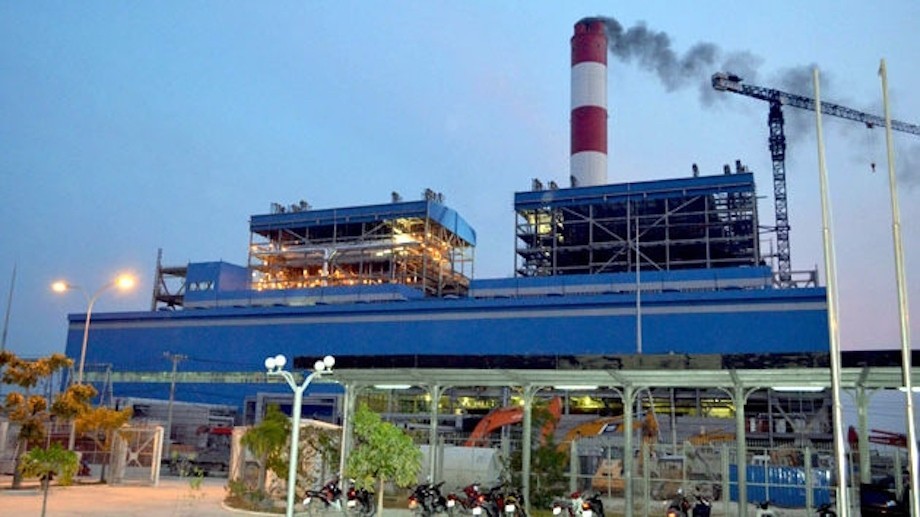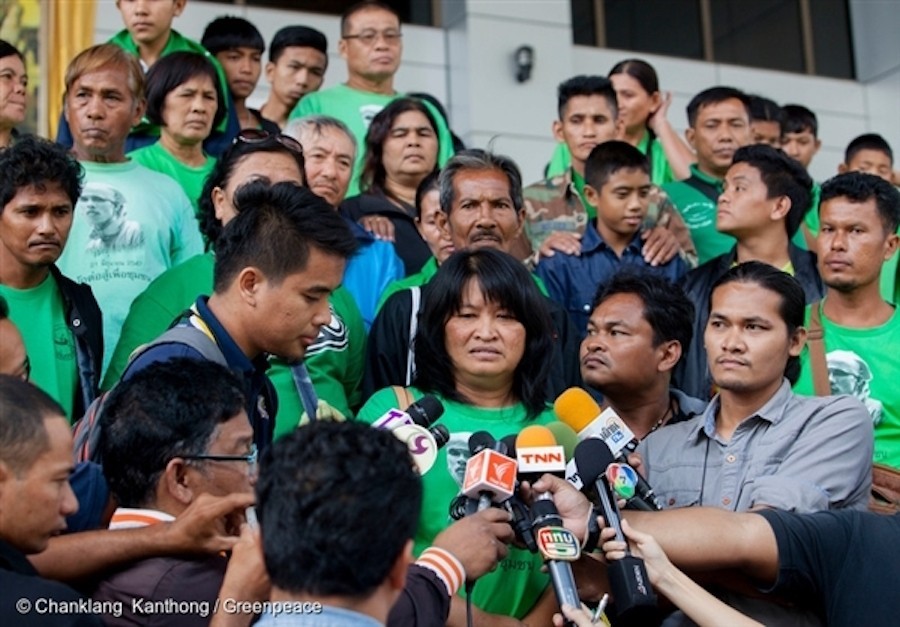“I miss the Mekong.” A sad smile flickered across the face of Thongkham Phalibai, a mother of two and owner of a grocery store in Luang Prabang.
“I was living by the river for so long, earning money from gold panning and farming. But I can’t go back there anymore. I don’t know where my old house used to be.”
It has been four years since Thongkham left a simple life in her old village of Pak Neun for a new one in Neunsavang, a remote village 80 kilometres south of Luang Prabang. She was among the 2,986 villagers who were forced to resettle because their homes either sat on the location of the controversial Xayaburi dam or were in areas that will be flooded.
A joint venture between the Lao government and Thai investors, the US$3.8-billion mega-project has encountered fierce opposition from environmental groups and countries downstream of the dam. Many fear its successful completion will lead to more dams being built on the Mekong, which they believe could have a devastating impact on the tens of millions of people who live in the Lower Mekong Basin.
But the government has played down the concern, maintaining it has struck the right balance between the benefits and potential negative impact of the dam – the first to be built across the Lower Mekong mainstream and one of 12 such projects proposed for the region.
“It’s very much exaggerated that we would kill 60 million people. You have to have balance. You have to optimise the benefits and minimise the impacts. And that’s the case,” said Laos’ Deputy Minister of Energy and Mines Viraphonh Viravong.
Read more at Channel News Asia
Photo credit: International Rivers





